Giovanni Finocchio
Physics-inspired Ising Computing with Ring Oscillator Activated p-bits
May 15, 2022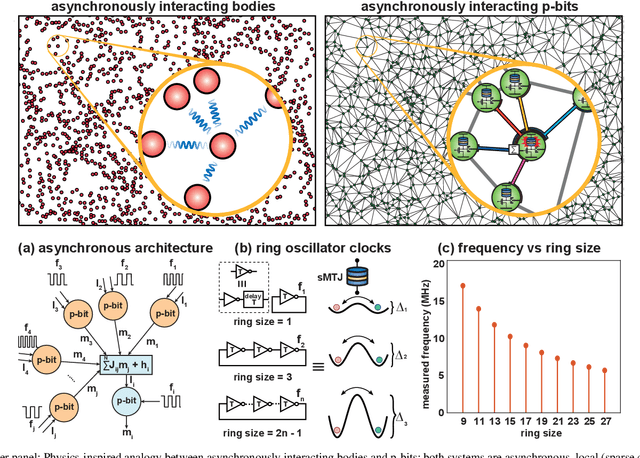
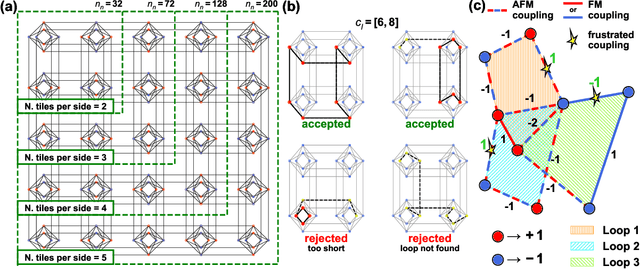
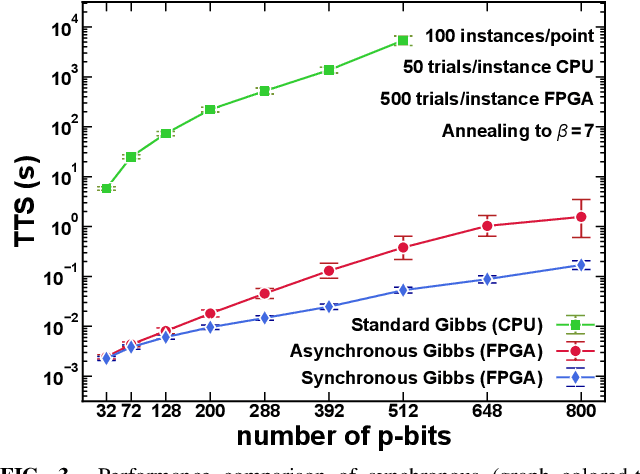
Abstract:The nearing end of Moore's Law has been driving the development of domain-specific hardware tailored to solve a special set of problems. Along these lines, probabilistic computing with inherently stochastic building blocks (p-bits) have shown significant promise, particularly in the context of hard optimization and statistical sampling problems. p-bits have been proposed and demonstrated in different hardware substrates ranging from small-scale stochastic magnetic tunnel junctions (sMTJs) in asynchronous architectures to large-scale CMOS in synchronous architectures. Here, we design and implement a truly asynchronous and medium-scale p-computer (with $\approx$ 800 p-bits) that closely emulates the asynchronous dynamics of sMTJs in Field Programmable Gate Arrays (FPGAs). Using hard instances of the planted Ising glass problem on the Chimera lattice, we evaluate the performance of the asynchronous architecture against an ideal, synchronous design that performs parallelized (chromatic) exact Gibbs sampling. We find that despite the lack of any careful synchronization, the asynchronous design achieves parallelism with comparable algorithmic scaling in the ideal, carefully tuned and parallelized synchronous design. Our results highlight the promise of massively scaled p-computers with millions of free-running p-bits made out of nanoscale building blocks such as stochastic magnetic tunnel junctions.
Automatic crack detection and classification by exploiting statistical event descriptors for Deep Learning
Jul 24, 2019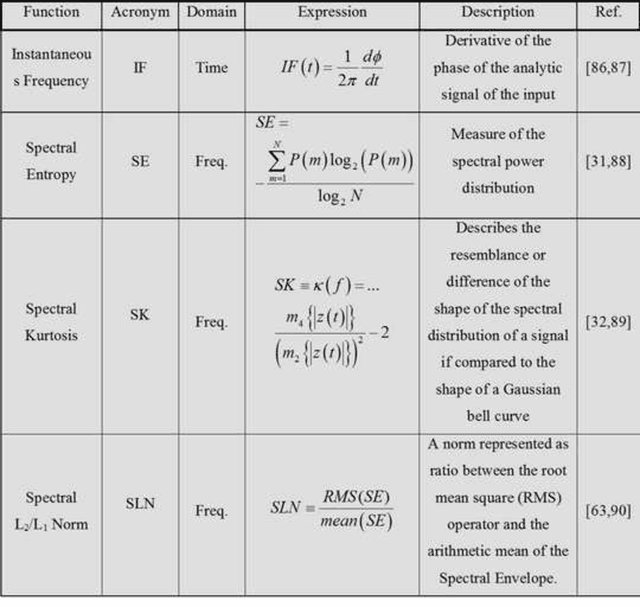
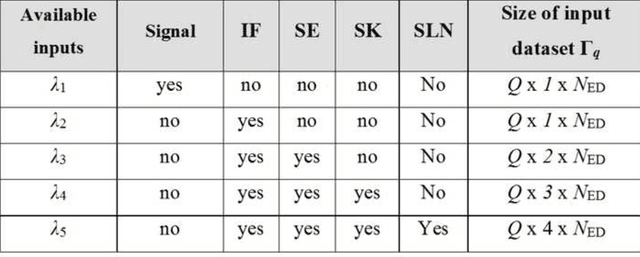
Abstract:In modern building infrastructures, the chance to devise adaptive and unsupervised data-driven health monitoring systems is gaining in popularity due to the large availability of data from low-cost sensors with internetworking capabilities. In particular, deep learning provides the tools for processing and analyzing this unprecedented amount of data efficiently. The main purpose of this paper is to combine the recent advances of Deep Learning (DL) and statistical analysis on structural health monitoring (SHM) to develop an accurate classification tool able to discriminate among different acoustic emission events (cracks) by means of the identification of tensile, shear and mixed modes. The applications of DL in SHM systems is described by using the concept of Bidirectional Long Short Term Memory. We investigated on effective event descriptors to capture the unique characteristics from the different types of modes. Among them, Spectral Kurtosis and Spectral L2/L1 Norm exhibit distinctive behavior and effectively contributed to the learning process. This classification will contribute to unambiguously detect incipient damages, which is advantageous to realize predictive maintenance. Tests on experimental results confirm that this method achieves accurate classification (92%) capabilities of crack events and can impact on the design of future SHM technologies.
 Add to Chrome
Add to Chrome Add to Firefox
Add to Firefox Add to Edge
Add to Edge